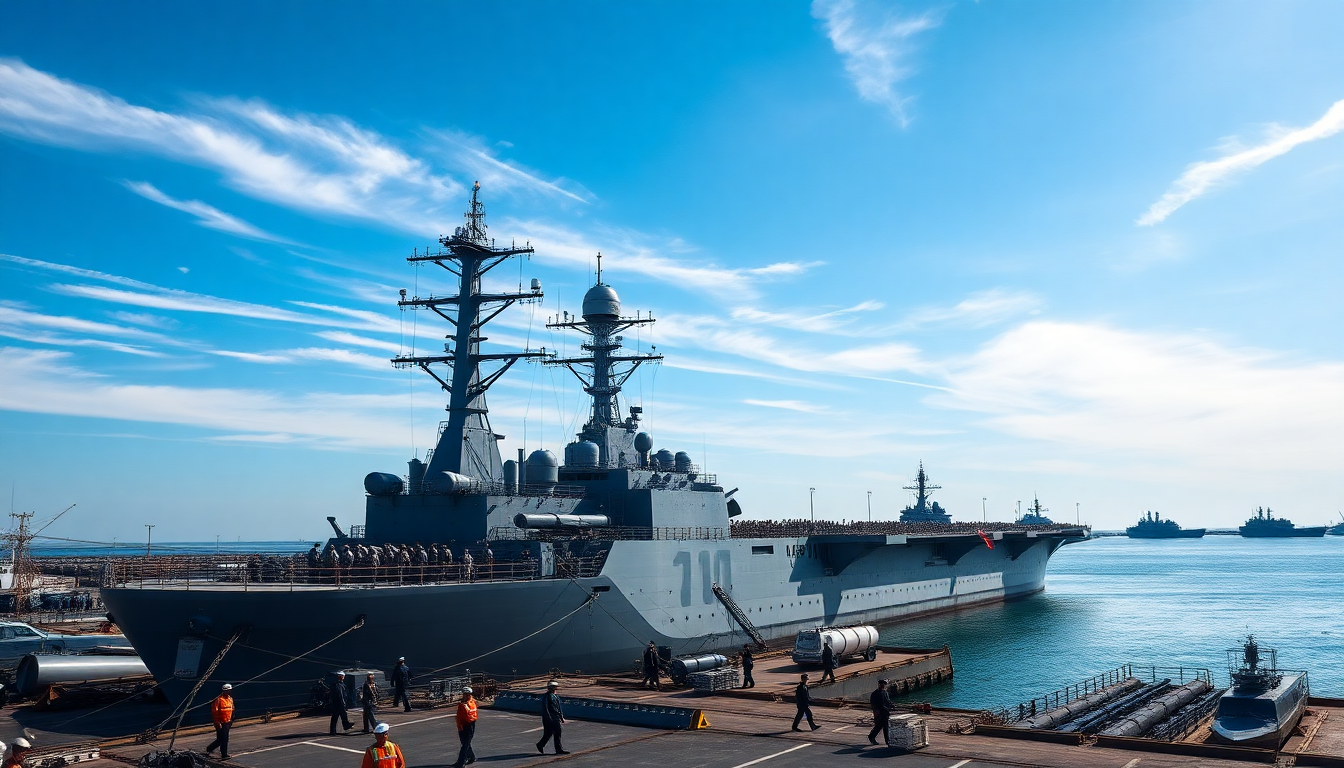Table of Contents
Have you seen the recent video released by Chinese state media? It’s sparking some serious conversations about naval history, especially regarding China’s latest aircraft carrier, the Fujian. This video, which draws a fascinating connection between today’s military advancements and Japan’s naval activities from 88 years ago, serves as a powerful reminder of how history continues to influence modern military ambitions.
As China gears up to celebrate the 80th anniversary of its victory over Japanese aggression, it’s intriguing to see how intertwined history and contemporary military strategies can be.
The Historical Context of Naval Power
The video premiered on September 3rd, aligning with a significant anniversary in China’s history.
The Fujian isn’t just China’s first catapult-equipped aircraft carrier; it symbolizes a major leap in technology and a source of national pride. The reference to Japan’s Imperial Navy, particularly the Izumo, pulls back the curtain on memories of past conflicts that still resonate today.
The Izumo, with its guns aimed at Shanghai, serves as a stark reminder of the aggressions China faced, and the reparations that fueled Japan’s military ambitions back then.
This reflection on history is crucial. It illustrates how naval power has transformed over the decades, with countries constantly striving to boost their maritime capabilities.
The Fujian, built entirely in China, represents a significant milestone in the nation’s defense strategy and its quest for sovereignty amidst historical challenges.
Significance of the Fujian in Modern Military Strategy
The commissioning of the Fujian goes beyond showcasing military might; it tells a broader story of resilience and resurgence.
As China aims to solidify its position on the world stage, the readiness of the Fujian is a powerful reminder of how crucial maritime strategy is in today’s geopolitics. The video’s juxtaposition of the past and present emphasizes how historical grievances continue to shape military postures.
When it comes to military strategy, the Fujian reinforces the idea that naval power is key to establishing dominance. The advancements in technology, like the catapult system, highlight a shift in how nations prepare for potential conflict. With lessons learned from history, the Fujian stands as a testament to China’s commitment to not only safeguarding its interests but also projecting power in a region rife with maritime tensions.
Implications for Future Naval Engagements
As China commemorates its historical victories, the implications of the Fujian’s readiness stretch far beyond national pride. It raises crucial questions about regional security dynamics and the possibility of future naval engagements. The historical parallels drawn in the video encourage discussions on how past conflicts continue to inform present-day military strategies and alliances.
Furthermore, with regional powers increasingly focusing on naval capabilities, the Fujian could play a pivotal role in shaping maritime security discussions across Asia. As countries reevaluate their naval strategies in light of historical lessons, the readiness of the Fujian may inspire other nations to bolster their maritime forces, potentially ushering in a new era of naval competition.





